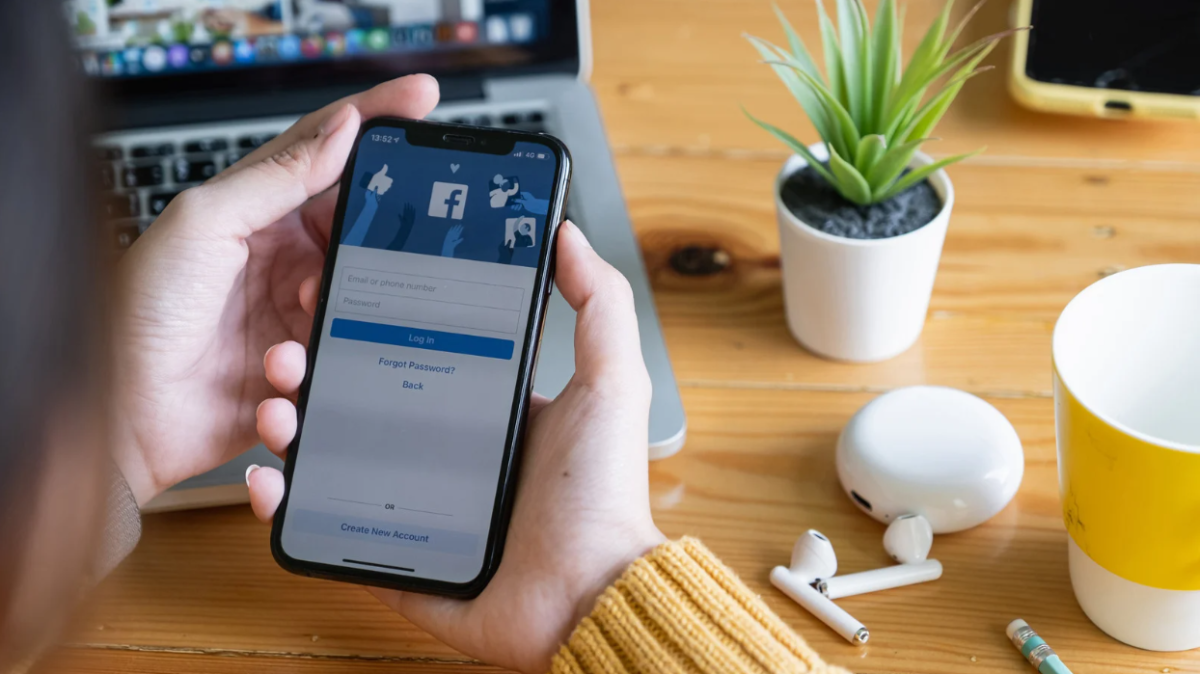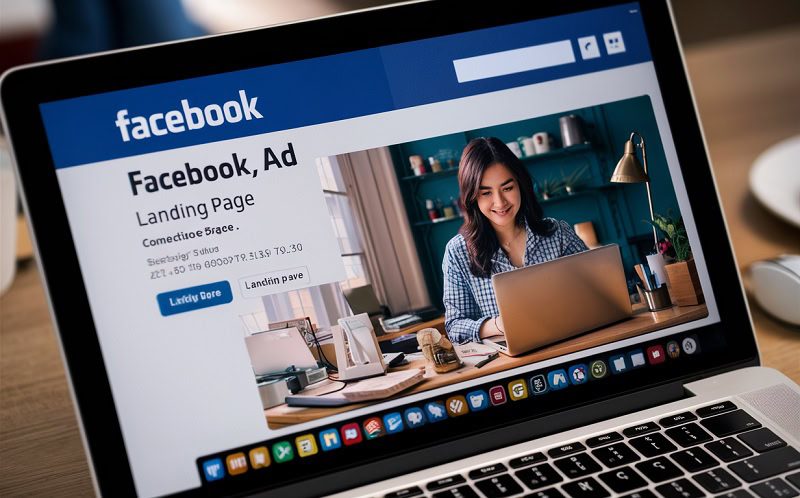Google Ads is one of the most powerful tools available to online advertisers.
The platform offers a huge range of different formats, from search ads to video placements, and these ad campaigns are fuelled by mountains of valuable data.
Google Ads enables businesses to effectively tackle a range of objectives, from driving large-scale brand awareness to securing cost-efficient conversions.
This all sounds great in theory.

Boost E-Commerce ROI: Download Our Free CPA & ROAS Calculator
But how long will Google Ads take to deliver tangible results for your brand?
Time is money when you’re a business owner, so it’s vital that you understand how long a Google campaign might take to generate returns.
Let’s take a closer look at Google advertising, explore the timings associated with ad campaigns, and outline how you can accelerate performance.
As a specialist Google ads agency we can help you with your campaigns just get in touch for a free consultation.

How long will it take to see results from Google Ads?
Every business is unique, and different PPC campaigns will start to drive results at slightly different speeds.
However, most advertisers will experience similar timelines when running new Google Ads campaigns.
On average, a Google Ads campaign will take between 3 months and 6 months to settle down and begin driving consistent results. It can then take between 6-12 months for a campaign to reach its full potential and deliver optimal returns.
Yes, you read that correctly.
It can take approximately one year for Google Ads to start firing on all cylinders.
However, there’s no need to start panicking about your next Google campaign. Although it can take 12 months for the platform to fully optimise, that doesn’t mean you won’t see any conversions in the meantime – it’s a gradual learning process.
Plus, Google Ads can deliver truly exceptional performance for your business, so it’s worth the wait.
Why does Google Ads take this long to start delivering results?
You might say that 12 months feels like a long time to wait for a PPC campaign to achieve peak performance.
And you wouldn’t be wrong.
But although the gradual and incremental nature of Google Ads may feel like a burden, it’s actually one of the biggest strengths of the platform.
Google Ads needs sufficient processing time to collect data, optimise ads, and maximise conversions.
You can’t rush truly effective digital marketing, and the Google platform isn’t just dawdling for 12 months.
In fact, the Google algorithms are working fervently to figure out which ads, tactics and audiences are going to perform best for your brand.
When you start a new Google Ads campaign, there’s no historical data to reference or previous insights to use. The Google machine needs to start generating fresh data before it can optimise your ad groups, and it takes time for Google to review early results.
As your campaign begins to serve impressions, drive clicks, and generate conversions, Google collects all of this data and identifies the strongest and weakest ads.
Over time the Google platform will gather mountains of campaign data, and these insights will eventually fuel superior ads performance and jaw-dropping efficiency.
It’s not a speedy process – but would you prefer a fast-moving campaign that delivers poor results or a slow-moving campaign that delivers outstanding returns?
The importance of the Google Ads learning period
One of the most important elements of Google Ads to wrap your head around is the learning period.
During this learning phase, the Google platform collects data to determine the best audiences and tactics to achieve your key objectives.
However, the learning period doesn’t just occur when you launch a brand new PPC campaign. If you make significant adjustments to an existing ad group, the learning phase will restart.
This isn’t necessarily a bad thing, but it will reset the clock on the progress of your campaign – so you’ll be waiting longer for the platform to re-gather enough data to optimise.

The following actions can trigger the learning period:
- Changing or adjusting bid strategy
- Updating conversion actions
- Making significant changes to campaign settings
- Making significant changes to budgets
Minor changes to keywords and ad groups won’t reset the learning phase, but any major adjustments can place your campaign back into learning mode.
If you’re keen to implement any small campaign changes, it’s best to wait around 7 days for the learning period to complete.
When the learning phase is over, your campaign status will update from ‘learning’ to ‘eligible’.
At this point, you can continue to make small adjustments (e.g. target audience, ad copy, keywords) to try and improve performance.
Typically it takes around 90 days for a campaign to go through multiple optimisation cycles. After 90 days you’ll have a much clearer picture of how well your Google ads are performing.
(It’s worth bearing in mind that Google never really ‘stops’ learning. The ‘90 day’ benchmark just allows the algorithm sufficient time to collect campaign data!)
What should you do during the learning phase?
The learning phase can feel quite turbulent, particularly for newer advertisers.
It’s common to see performance fluctuate wildly during the learning period. CPCs and CPAs can frequently increase, and conversion rates can decrease.
That’s because the Google algorithm will rapidly test a range of different audiences, bids and tactics to try and identify the strongest candidates.
Patience is key here.
If you’re impatient and trying to rush the process, you can inadvertently reset the learning phase and take your campaign back to square one.
Instead, it’s best to take a long-term view of your Google Ads campaigns.
Allow the initial learning phase to work its magic, make small options, and monitor performance. Eventually you’ll reach the 90 day benchmark, and you’ll know whether your ad campaign needs to be supported with extra ad spend or paused and reviewed.
How to optimise your Google Ads campaigns
Knowing how to optimise your Google Ads campaigns is crucial.
Google machine learning is extremely powerful, and automated optimisations can be useful, but you’ll still need to make manual changes to maximise your returns.
Below are several key areas that you should constantly be monitoring and optimising to enhance performance.
Bid strategy
There are several different bidding strategies available to Google advertisers.
Selecting the perfect bid strategy for your specific objectives is incredibly important.
For example, if you’re looking to increase brand awareness, then a CPM bidding strategy will help you to maximise impressions and boost visibility. If you’re more interested in driving website traffic to a landing page, then a CPC or ‘maximise clicks’ strategy is more suitable.
Your bid strategy will ultimately set a target for the Google platform – if you select an incorrect strategy that’s aiming toward the wrong goal, you’ll struggle to tackle your objectives.

You’ll also need to decide if you want to utilise automated Google bidding (Smart Bidding) or a manual bidding approach.
The right answer all depends on your unique situation.
If you have access to accurate and reliable conversion data, and your ad campaign is delivering over 50+ conversions a month, then Smart Bidding can be a great way to automate the process.
However, if you’d prefer to have more control over your bids (and you’re willing to invest time into setting up and managing a bid strategy) then manual bidding is a solid option.
Keywords

Selecting the right keywords for Google Ads will help you to improve efficiency, reach hot prospects, and generate more conversions.
Search term reports and keyword research tools can help you to create a shortlist of effective keywords to use in your campaigns.
You’ll need to balance popular keywords that can drive reach with more specific keywords that can drive efficiency. It’s imperative that you monitor your search reports closely to identify high-performing keywords and test new search terms.
It’s also crucial to consider negative keywords. Blocking irrelevant and ineffective keywords is just as important as including profitable search terms!
Ad copy

Ad copy is often neglected by advertisers, but this can prove to be a costly mistake.
Since many Google placements offer limited space for creativity (i.e. search ads) every character counts when you’re actively competing against other businesses.
Advertisers need to craft ad copy that highlights key product benefits in a short, snappy, and persuasive way. You’ll also need punchy CTAs that are capable of driving consistent action.
A/B testing ad copy is a proven strategy that can rapidly improve the performance of your PPC campaigns.
It can take time to develop a winning ad formula, so regularly testing different headlines, CTAs and product messages is a surefire way to enhance your copy.
Conversion tracking
If you’re trying to optimise Google Ads performance without accurate conversion tracking, you might as well check your campaign reports blindfolded.
The Google platform needs reliable and clear conversion data to make impactful optimisations. Better conversion data always equals better outcomes.
Marketers need to understand which formats, ads, and target audiences are delivering the most profitable conversions.
That means setting up rigorous website tracking, implementing tags on relevant pages, and consistently tracking Google ad performance. Make sure that your tracking is running smoothly before launching a new campaign, and you’ll be ready to optimise.
How can I achieve results faster with Google Ads?
Patience is indeed a virtue when it comes to Google Ads.
When you’re setting up a new campaign, it takes a little while to set the wheels in motion. The platform will need to review and approve your ads, and you’ll need to factor in time for the learning phase to complete.
But if you want to maximise the potential of the network, you’ll need to let the platform gather momentum and generate learnings over time.
However, that doesn’t mean you can’t accelerate the process with a few smart tricks and expert strategies.
Starting with a strong foundation is absolutely key.
You need to iron out a clear and concise strategy that’s tailored to your specific marketing objectives. Every aspect of your Google campaign should be contributing to these core business goals.
If you’re working with a professional agency, they should set up a thorough onboarding process to understand your products, audiences, and targets.
When you hit the ground running with a solid strategy, you’ll be able to drive more clicks and more conversions, which helps the algorithm work more efficiently. If you’re constantly making adjustments due to a poor strategy, you’ll find yourself struggling to make progress.
Planning and preparation can also help to speed up the optimisation process.
By putting a few fundamentals in place before you launch a new ad, you give the Google platform the best chance of making speedy and effective optimisations.
The first thing to clarify is your primary objective. You’ll need to shape your campaign structure around this goal and tailor your bidding approach accordingly.
Planning your target audiences and keyword selection in advance will also allow you to launch a more efficient campaign. Rather than scrambling to tweak your approach in flight, you’ll be able to gather valuable learnings immediately.
Getting started with Google Ads
Ready to get started with your own Google Ads (formally known as Google Adwords) campaign?
The first step is to set up a Google Ads account if you haven’t done so already.
From here you’ll be able to set up a new Google Ads campaign, including your target audiences, budgets, and bidding strategy.
For more information on the campaign set-up process, check out this guide.
You should also get to grips with conversion tracking and campaign reporting before you launch any new ads, to ensure that you can make effective optimisations.
Google Ads can deliver outstanding results for digital marketers.
The platform is designed to launch data-fuelled ad campaigns that deliver jaw-dropping returns with incredible efficiency.
However, this process takes time.
A Google Ads campaign can take months to start generating consistent results, so you’ll need to strap in for the long haul.
But when your fully-optimised campaign begins to drive masses of quality clicks and valuable conversions, you’ll see why Google Ads is worth the wait.
Related
- Do Google Ads Work? (Are They Worth It?)






